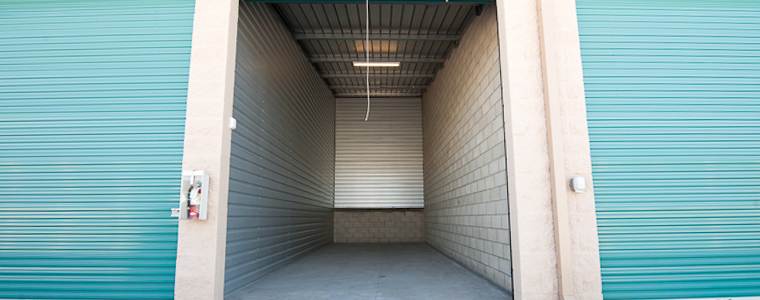If you are considering renting a storage unit, it can be hard to figure out just how big a space you will need. For instance, I know that I seem to have a problem estimating space requirements for my all my stuff – which may explain why my car won’t fit in my garage anymore. If you have the same spatial reasoning issues I do, you could probably use a guide to storage unit sizes. (Remember that in a storage unit, you usually store large items like beds and couches on end to take advantage of vertical space and use a smaller footprint.)
Here are the typical sizes available, and a description of what they can hold:
- 5 x 5 (25 sq. ft.) holds the contents of one small room, or is a great option for storage of sports equipment or seasonal decorations.
- 5 x 10 (50 sq. ft) holds the contents of two small rooms, or one larger room (can handle a queen sized bed)
- 10 x 10 (100 sq. ft.) holds the contents of three rooms (a living room and two bedrooms, for instance)
- 10 x 15 (150 sq. ft.) holds the contents of four rooms (will accommodate larger items, like pianos and dining tables)
- 10 x 20 (200 sq. ft.) holds the contents of five rooms, including items such as appliances
- 10 x 25 (250 sq. ft.) holds the contents of an entire 3 bedroom house
Dollar Self Storage has units from 25 sq. ft. to 1,000 sq. ft, so you only pay for the size you need. And if you need to store some really big items, like RVs and boats, Dollar has five locations that offer affordable, clean, and secure RV and boat storage.

